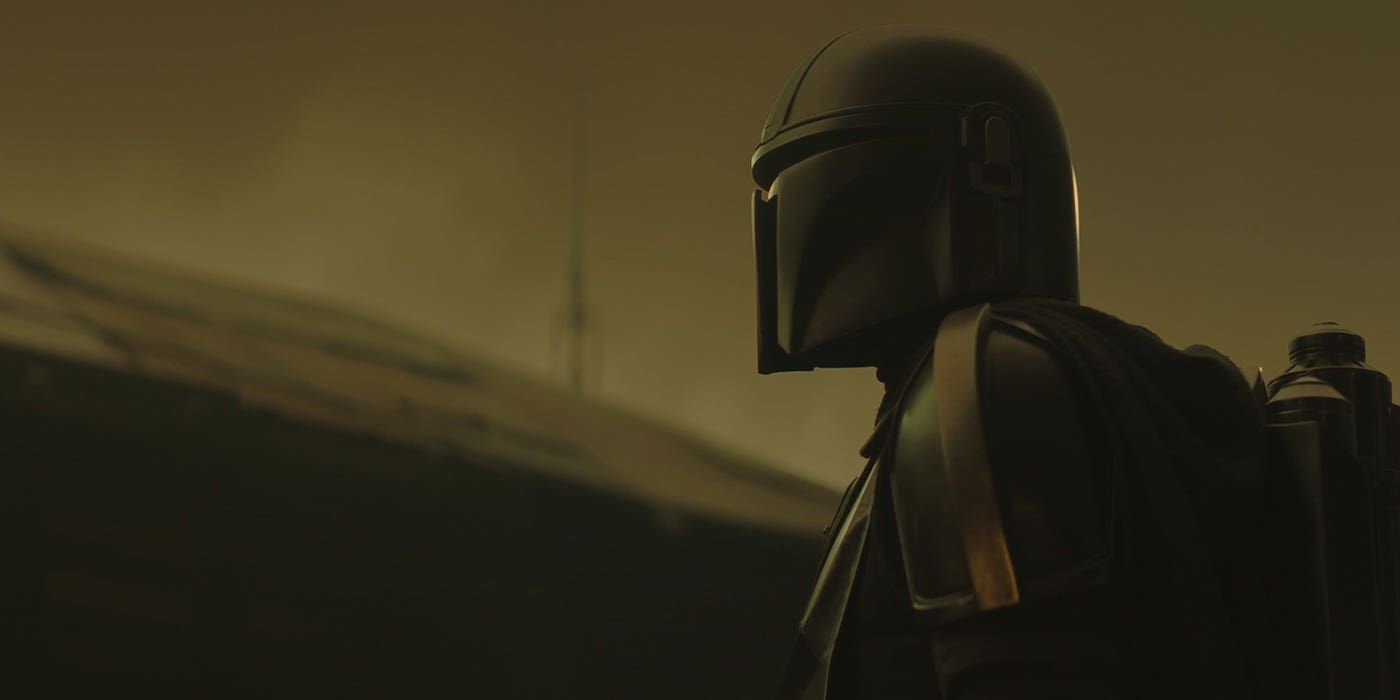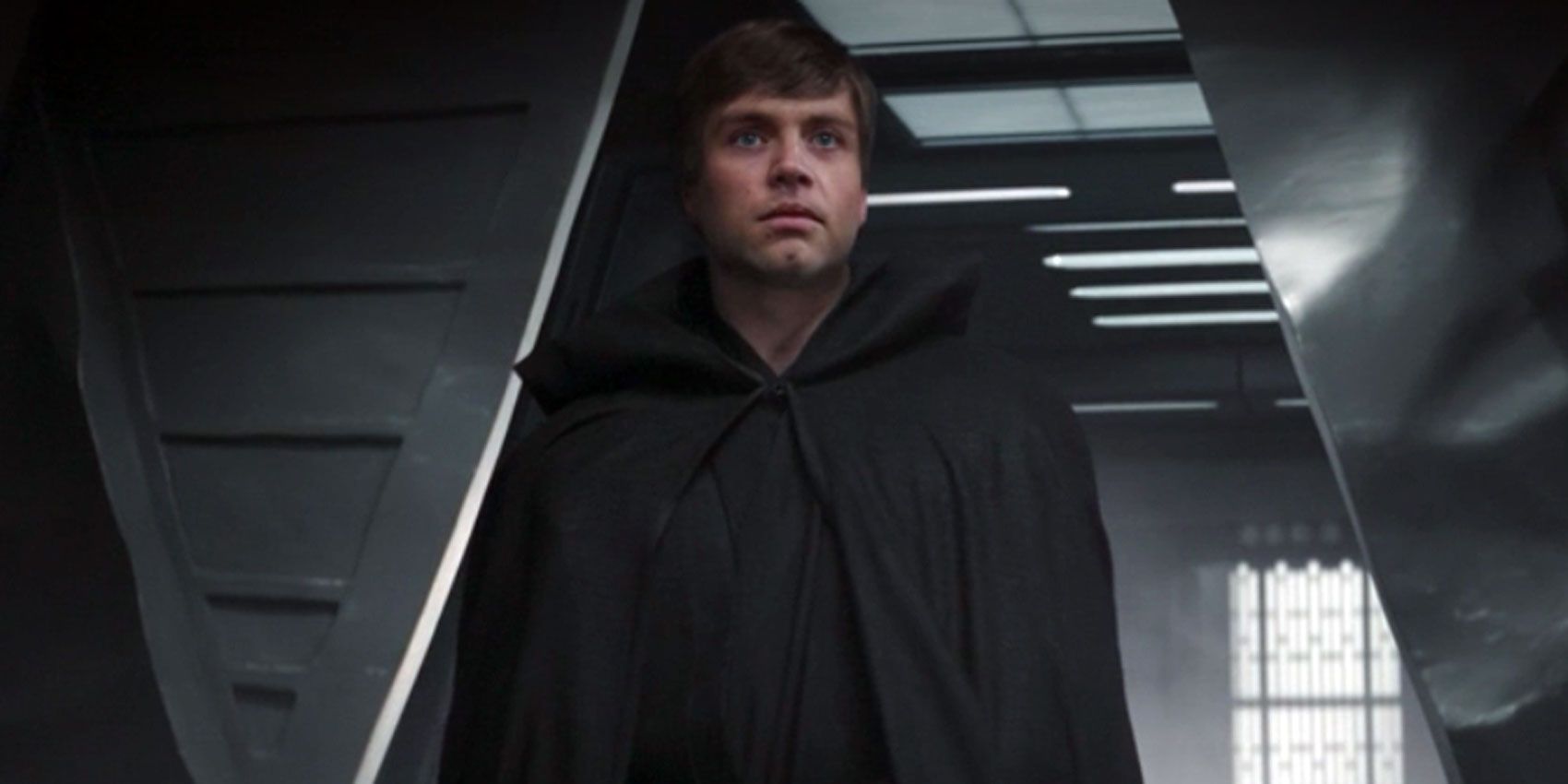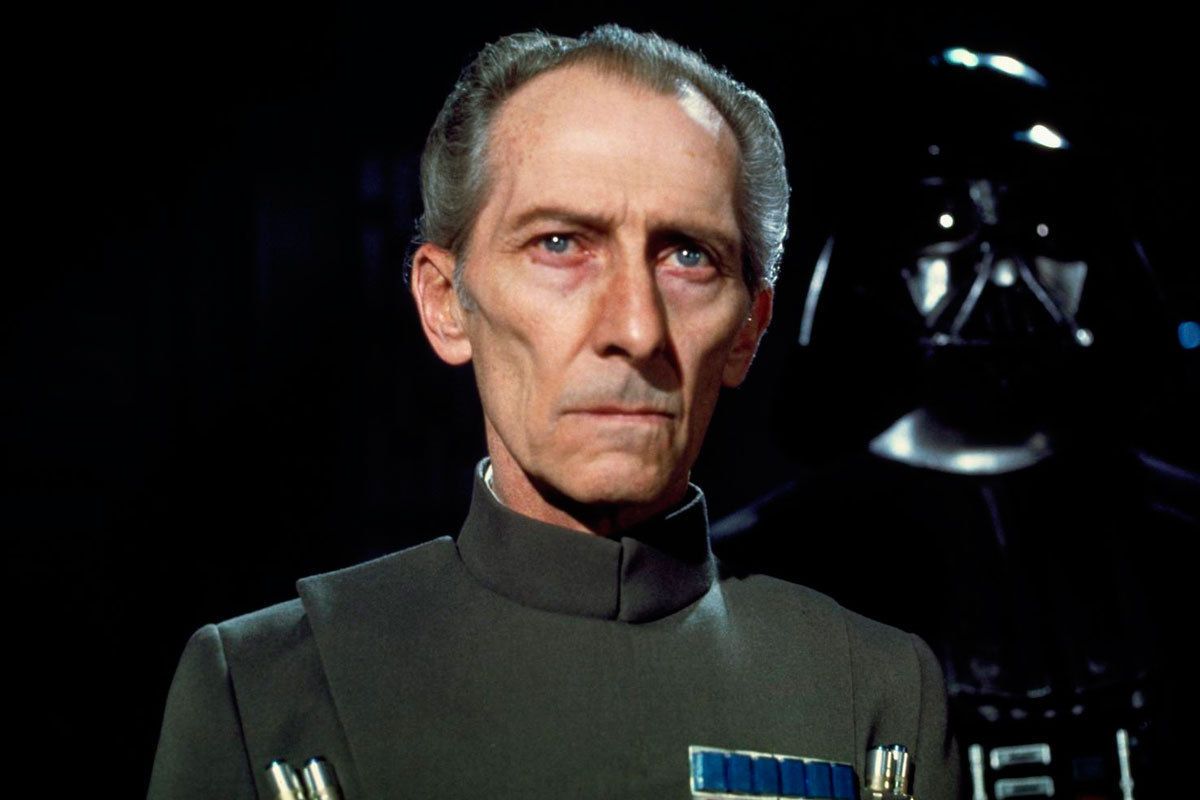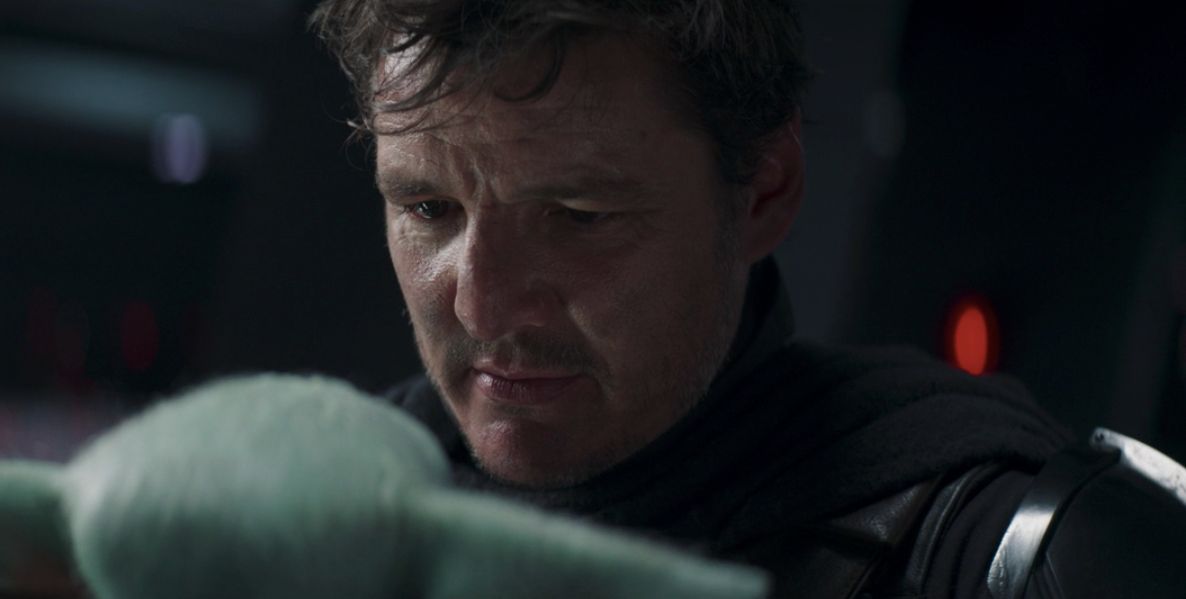[Editor's note: The following contains spoilers through the Season 2 finale of The Mandalorian, "Chapter 16: The Rescue."]
All season long, The Mandalorian has been mining Star Wars's past for emotional impact and nostalgic pleasures, bringing back beloved characters like Ahsoka Tano, Boba Fett, and Bo-Katan to support Din Djarin's (Pedro Pascal) quest to help his beautiful Baby Yoda get the Jedi training he needs. So in the lead-up to the finale, things were primed for the appearance of a major Jedi appearance — personally, I was kinda hoping that that ledge really had come through for our old pal Mace Windu, but certainly the moment the X-Wing appeared, my inner monologue became a steady repetition of phrases like "oh my god, are they going to do it?" and "oh my god, that's a green lightsaber" and "oh my god, they're actually going to do it."
Yes, it was a true joy to watch Luke Skywalker kick some dark trooper ass in the way that only a real Jedi can — and not just any Luke Skywalker, but the Luke that '80s kids grew up thinking of as their best friend. (Though, two days later, I'm wondering why he still has the same haircut.) Based on both the closing credits and more importantly on Mark Hamill's Twitter account, Hamill was involved with the digital recreation of his past self on at least some level.
But I don't think anyone watching was confused as to how necessary Hamill's presence on set was to make this sequence possible (the credits also include both mention of both Max Lloyd Jones as "Double for Jedi" and Mark Rugetti as "Stunt Double - Jedi"). That's because we know quite well that, when it comes to Star Wars, death is more often than not just an inconvenience, and the same is true of aging — in fact, when fresh-faced and beardless Luke Skywalker pulled back his hood in The Mandalorian finale, our general acceptance of this technology made it almost feel like an afterthought.
However, seeing Luke appear in these final 10 minutes is more than just an unexpected cameo and yet another way that Mandalorian Season 2 has been stealthily working to integrate so many disparate elements of the Star Wars franchise into one fully integrated storytelling universe. It is also another sharp reminder of how for a long time now, Star Wars has been evolving into something engineered to please fans and Disney's profit margins alike — while arguably shedding some of the core aspects which lit up our imaginations so early on.
To be a creator on any level is, in so many ways, a way of fighting back against the knowledge of oblivion, to put some degree of hope into the belief that what we do on this earth will be remembered beyond our deaths. But there's a difference between trying to write the Great American Novel and what is happening right now. As Solo: A Star Wars Story star Donald Glover explained in an extensive New Yorker profile in 2018, he has been granted a very curious 21st-century form of immortality:
“I’m scanned into ‘Star Wars’ now, my face and body,” he told me. “Who’s to say that at some point they won’t take that scan and say, ‘Let’s make another movie with Donald. He’s been dead for fifteen years, but we can do whatever we want with him.’”
Would Glover's hypothetical digital performance have the same level of swagger and charm that real-life Glover brought to the role of young Lando Calrissian? Probably not, but it would hopefully also be decades from now (fingers crossed for Glover living a long and healthy life) — a time when we might honestly not know the difference.
And Glover was not at all speaking theoretically, as that interview was published two years after the release of Rogue One: A Star Wars Story, for which the deceased Peter Cushing's face was resurrected digitally so that Grand Moff Tarkin's place in the timeline could be preserved, while the final moments of the film featured the fresh face of a 19-year-old Carrie Fisher. Never before had real life so blatantly echoed science fiction films like The Congress and S1M0NE on this topic.
Is it okay that Star Wars is bigger than one person — one director, one writer, one actor? That a story about robots and space fights and laser swords first begun in 1977 has since become legitimately immortal in a way few other narratives ever have? I'm incredibly torn on the issue, to be honest. On the one hand, this is a franchise that means so much to so many people, that doesn't just dazzle them with space battles and alien worlds but can inspire them to be better people. On the other hand, it's very hard to forget how much a corporate product Star Wars has become, when you consider the merchandise and the theme parks and Kathleen Kennedy announcing 10 new TV shows like they're new iPhone models.
Connecting with the main character of The Mandalorian (at least for now) hasn't been easy from the beginning of the series because of the mask (a situation only amplified by the early reveal that Pascal wasn't on set nearly as much as originally thought). Why? Because while we've grown more and more used to the idea that an actor's performance in the modern era can be amplified or modified or created whole cloth by technology, there's still a part of us that wants to believe in the fictions that we're told, because those fictions are essential to the alchemy of great storytelling.
Maybe as Star Wars evolves beyond those concepts, so will our perceptions of what all this means. Certainly, right now most savvy pop culture consumers have come to terms with the fact that the character of Din, like so many others, is largely a blend of voice-acting and stand-ins and CGI models. But, that said, the biggest emotional impact of the entire series to date is the goodbye we get here between a man and his son — yes, said son is an animatronic puppet, but at least there was a human face on screen, a human connection.
Well, however you want to define human at this point. It's been quite a year for considering that question, one of the biggest ones we as a species might grapple with, and I am not here to suggest that the fate of the Star Wars universe is on par with it. But to be a Star Wars fan today means grappling with how a beloved fairy tale can become a corporate property, allowing it to live forever in new and unexpected ways — as long as there's a profit in it.
Like so many, I grew up with Star Wars as a fundamental part of my childhood, and there is something comforting in knowing that generations to come will be able to enjoy it. But immortality doesn't come for free, and my sincere hope is that the cost is not this franchise's humanity, because that's where the soul of Star Wars truly lives.
The Mandalorian is streaming now on Disney+.




